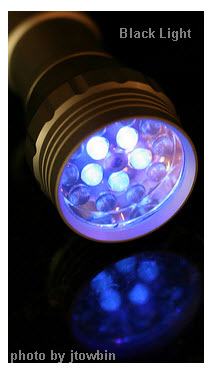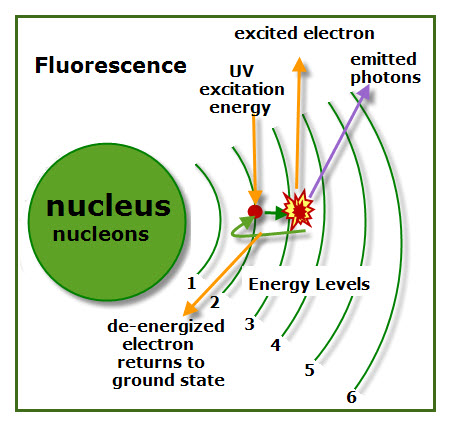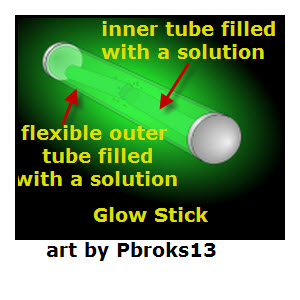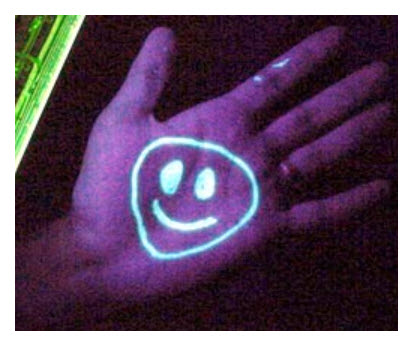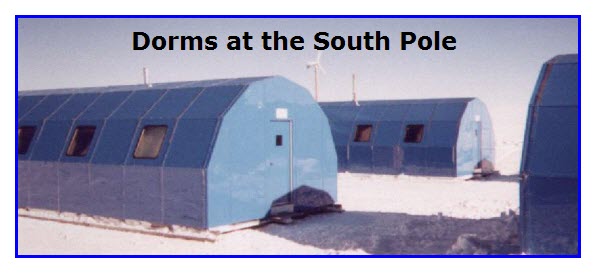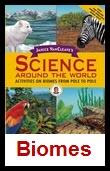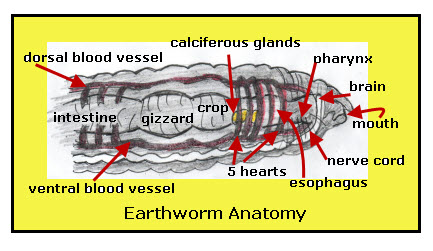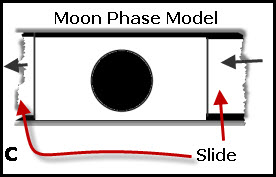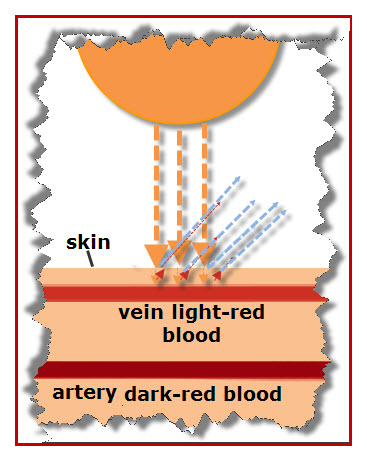What is Electromagnetic Radiation? Electromagnetic radiation is a type of energy that has wave-like behavior and can move through space. Electromagnetic radiation is also called electromagnetic energy and can be called light energy. I suggest that young children learn that some light energy is not visible. In fact, only one type of light energy is […]
Fluorescence vs. Phosphorescence
How Do Fluorescence and Phosphorescence Differ? Fluorescence is a type of luminescence that emits visible light as long as there is a supply of excitation energy. In the fluorescence diagram, the excited electron jumps from level 2 (its ground state) to level 3. Atomic Energy Levels can be compared to stair steps. It take more […]
Luminescence vs. Incandescence
Cold Light vs. Hot Light Luminescence is “COLD LIGHT.”Cold light is light that usually occurs at low temperatures. Luminescence can be produced in many different ways. Follow are just a few examples: chemical reactions: One example is a Glow Stick. A glow stick contains two solutions. The stick is a flexible tube. Inside this tube […]
Phosphors
Phosphors that are Phosphorescent vs. Phosphors that are Fluorescent A phosphor is a chemical substance that when energized with certain types of light energy emits visible light. Some phosphors can be energized with visible light, but all phosphors can be energized with ultraviolet rays (a.k.a. ultraviolet radiation or ultraviolet light). NOTE: Phosphors may or may […]
Thomas Edison’s Inventions
How Many Things Did Edison Invent? What Was Edison’s Favorite Invention? Tom, the curious boy grew into Thomas Edison, the curious man. He became one of the most prolific (productive) American inventors of the nineteenth century. During the eighty-four years of his life, Edison patented 1,093 inventions. Many of Edison’s inventions were improvements on existing […]
Lost at the South Pole
I was part of a science team that visited the Geographic South Pole. While my visit was in December of 1997, thinking about it brings back vivid memories, such as being lost. In retrospect, I was suffering from fatigue and altitude sickness (the pole is about 9300 ft.) Both affect one’s problem solving abilities. They […]
Biomes
Notes from Janice’s Desk I’ve been thinking of all the different geographical regions of the world that I’ve had an opportunity to visit. The geographic South Pole in Antarctica was the most difficult to get to as well as being a difficult place to visit. Not only was it cold but the altitude was about […]
Earthworm: Respiration System
Earthworms Do Not Have Lungs. How Does Oxygen Enter an Earthworm’s Body? Answer: While earthworms do not have lungs, like you, they must have oxygen to live. You have lungs that fill will air when you inhale. In your lungs, oxygen from the air is mixed with blood, and then the blood carries oxygen to […]
Moon:Terminator Model
Comparison Science Project Does the Moon’s terminator move differently when viewed from Earth’s Northern and Southern Hemispheres? Terminator Research If you live in the Northern Hemisphere, correspond with someone who lives in the Southern Hemisphere. The diagram is an example for collecting information in the Northern Hemisphere. The white circle, would be shaded to represent […]
The Color Of Human Blood
Why is Human Blood Red? Why Do Veins Under the Skin Look Blue? Human blood has two parts, liquid and solid. Liquid: About 50 to 60 % of your blood is a yellowish liquid called plasma. Plasma is a solution made up of water (solvent) and solutes, such as glucose, vitamins, minerals, antibodies, and all […]
- « Previous Page
- 1
- …
- 16
- 17
- 18
- 19
- 20
- …
- 96
- Next Page »
